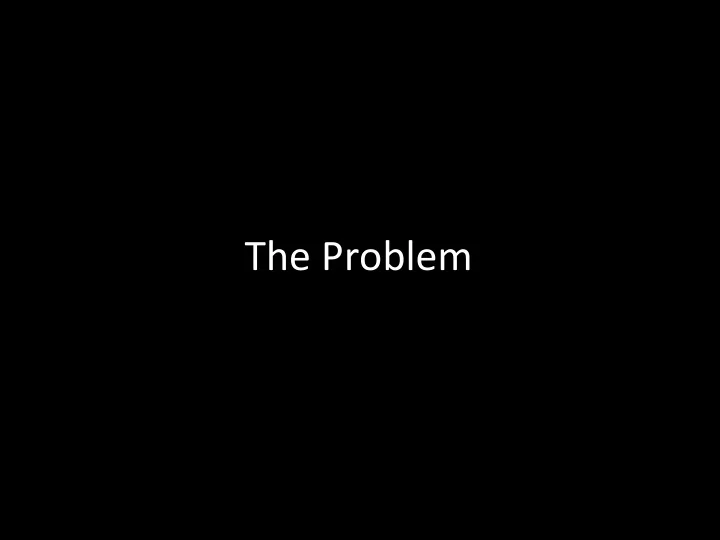

The Problem
‘Fast Fashion’ and our consumer culture have super-charged the growth of tex=le waste
And diversion efforts have not been keeping up
New York State has gone further than any other state in its response to the tex=le recycling emergency 6
ReClothe NY Na=on’s first statewide tex=le diversion ini=a=ve & ReClothe NY Coali-on Na=on’s first statewide coali=on for all for-profit and non- profit stakeholders 7
Coali-on Benefits A suppor=ve framework for used clothing collectors that engenders public trust and par=cipa=on SeGng the Gold Standard for: - Transparent business prac=ces - Sharing of collec=ons data - Aligning all stakeholders The Coali-on model will be KEY to increasing diversion rates 8
But even if we were diver=ng it all.. DIVERSION is s=ll only half the baRle
This is what diversion looks like
Weak demand has caused private recyclers to struggle to stay profitable the last two years
Used clothing prices have collapsed by over 50% In the last 24 months
Key facts:
1. Over 80% of the diverted clothing volume is exported to emerging market countries 2. Prices drop when emerging market economies struggle 3. Weak foreign currencies have made U.S. Used Clothing harder for emerging markets to afford
This is what a 20% Drop in Kenya’s Shilling Looks Like
All commodity markets have crashed It’s a cyclical phenomenon that has been exacerbated by the growth of PCTW
But that’s not all:
6 major East African countries are trying to ban used clothing imports - This would have a dras=c effect on used clothing pricing
What can be done?
1. Support SMART’s robust efforts to keep interna=onal markets open 2. Encourage domes=c demand for used clothing and post consumer tex=le products
Nir Katz President, Tidewater Tex=le Recycling Nkatz@=dewatertex=le.com Board Member, SMART Tidewatertex=le.com Board Member, Ohio Mills Corp Smartasn.org 22
Recommend
More recommend